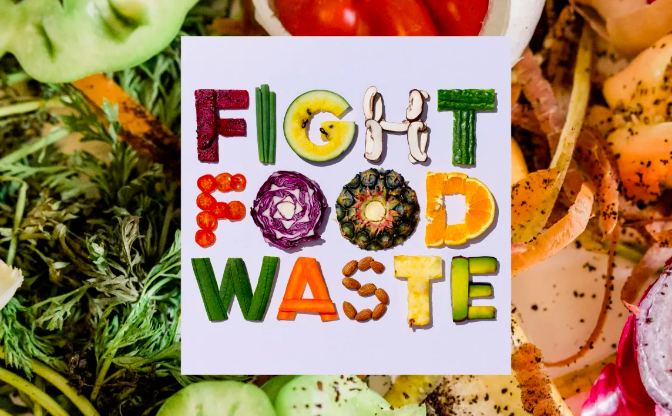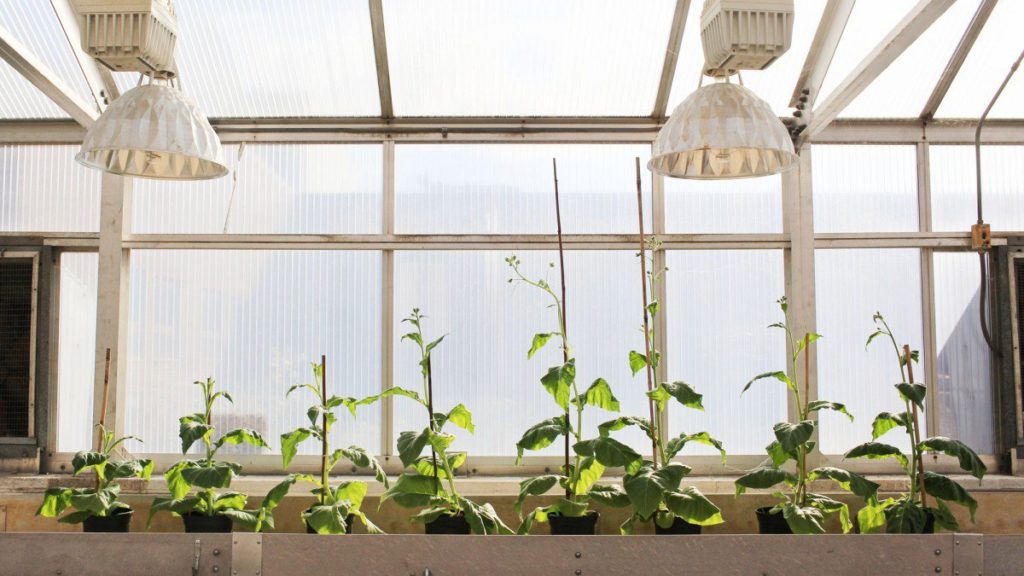If you’re a fan of smoked meats, but you don’t have a backyard or a smoker, you’re in luck. GE Appliances has just announced the GE Profile Smart Indoor Smoker, a countertop smoker that lets you cook with wood pellets inside your home without setting off all your smoke alarms.
:format(webp)/cdn.vox-cdn.com/uploads/chorus_asset/file/25201268/Profile_SmartSmoker_F_B_Versatility.jpg)
The $999 appliance is the world’s first indoor smoker. It uses a patented technology to eliminate smoke and odors, so you can smoke your ribs, brisket, or chicken without worrying about the smell. The smoker also has a built-in temperature probe so you can keep an eye on your food while it cooks.
The GE Profile Smart Indoor Smoker comes with a bag of wood pellets to get you started. It also has a built-in Wi-Fi connection, so you can control it from your phone or tablet. This means you can set the smoker to start cooking before you get home from work, or you can monitor the cooking progress while you’re away.
The GE Profile Smart Indoor Smoker will be on show at CES 2024 next week. It will be available for purchase in early 2024.
GE Profile Smart Indoor Smoker: Now You Can Smoke Your Ribs Indoors
If you’re a fan of smoked meats, but you don’t have a backyard or a smoker, you’re in luck. GE Appliances has just announced the GE Profile Smart Indoor Smoker, a countertop smoker that lets you cook with wood pellets inside your home without setting off all your smoke alarms.
:format(webp)/cdn.vox-cdn.com/uploads/chorus_asset/file/25201383/Profile_SmartSmoker_ActiveSmoke.jpg)
The $999 appliance is the world’s first indoor smoker. It uses a patented technology to eliminate smoke and odors, so you can smoke your ribs, brisket, or chicken without worrying about the smell. The smoker also has a built-in temperature probe so you can keep an eye on your food while it cooks.
The GE Profile Smart Indoor Smoker comes with a bag of wood pellets to get you started. It also has a built-in Wi-Fi connection, so you can control it from your phone or tablet. This means you can set the smoker to start cooking before you get home from work, or you can monitor the cooking progress while you’re away.
:format(webp)/cdn.vox-cdn.com/uploads/chorus_asset/file/25201293/Profile_SmartSmoker_5SmokeLevels.jpg)
The GE Profile Smart Indoor Smoker will be on show at CES 2024 next week. It will be available for purchase in early 2024.
Here are some of the features of the GE Profile Smart Indoor Smoker:
- Patented technology to eliminate smoke and odors
- Built-in Wi-Fi connection
- Temperature probe
- App for controlling the smoker from your phone or tablet
- Capacity for up to 4 pounds of food
- 128-ounce water tank
- 12-hour timer
:format(webp)/cdn.vox-cdn.com/uploads/chorus_asset/file/25201298/Profile_SmartSmoker_ConnectedControl.jpg)
Here are some of the pros and cons of the GE Profile Smart Indoor Smoker:
Pros:
- Easy to use
- Versatile
- Smoke and odor elimination technology
- Built-in Wi-Fi connection
- App for controlling the smoker from your phone or tablet
Cons:
- Pricey
- Not as large as some traditional smokers
- Not suitable for cooking large batches of food
Overall, the GE Profile Smart Indoor Smoker is a great option for anyone who wants to enjoy smoked meats without having to deal with the hassle of a traditional smoker. It’s easy to use, versatile, and has a lot of features that make it a convenient and user-friendly appliance.
Reference:
https://www.theverge.com/2024/1/3/24023919/ge-profile-smart-indoor-smoker-price-release-date-ces24
https://www.usatoday.com/story/money/food/2024/01/04/ge-profile-smart-indoor-smoker/72108085007/





